© ROOT-NATION.com - Use of content is permitted with a backlink.
If your last experience riding a bicycle was back in childhood, then this article is for you. Choosing the right bicycle turned out to be not as simple as I thought, so today we’ll figure out what the right type of bicycle is for you according to your needs. I hope this article will help you make key decisions and prepare you for a purchase that you will be satisfied with for many years.
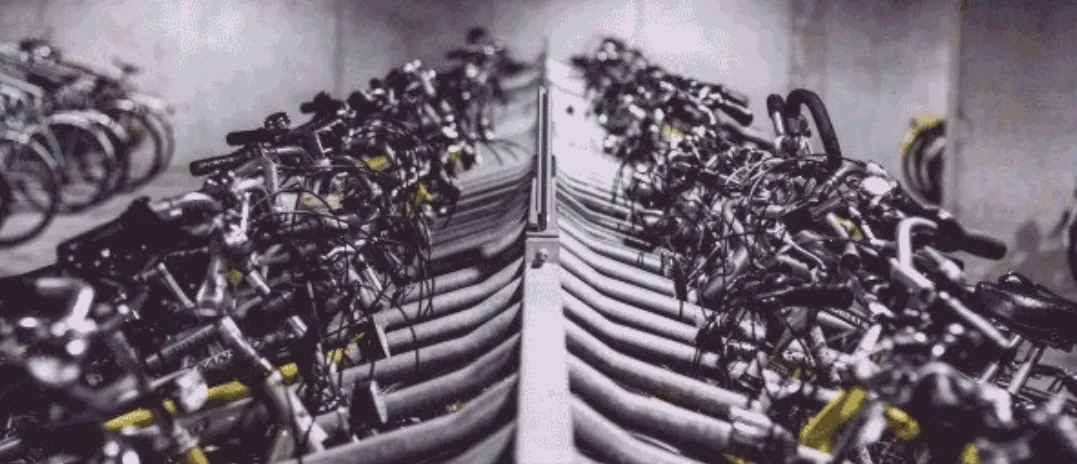
The number of different types of bicycles available on the market these days is immense. But first, it’s worth considering why you really need a bicycle. This is crucial in order to purchase one that is suitable for the types of riding you want to do.
Purpose of purchase
When buying a bicycle, answer the following questions:
1. What do I need the bicycle for? Whether it’s weekend rides with the kids, commuting to work, or joining the local cycling club, answering this question is the best place to start.
2. Where do I want to ride? On roads or off-road? Only within the city? There are many places to ride a bicycle, but having a clear idea of this will help determine what type of bicycle you need.
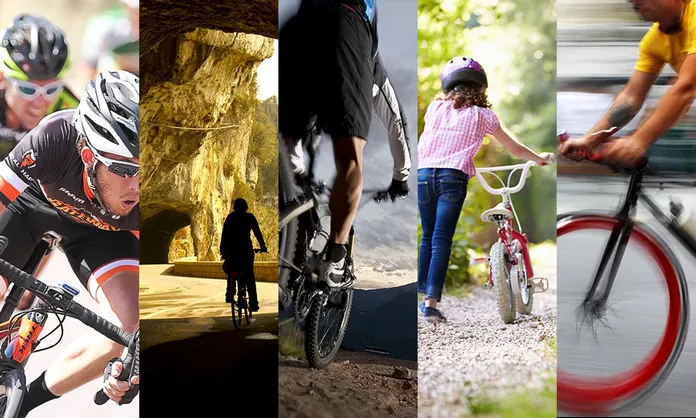
3. How much time/skill do I have for bike maintenance? Expensive bikes require significant maintenance, which is fine if you plan to do it yourself, but it can be a costly investment if not. On the other hand, something like a single-speed bike has far fewer moving parts and requires much less maintenance.
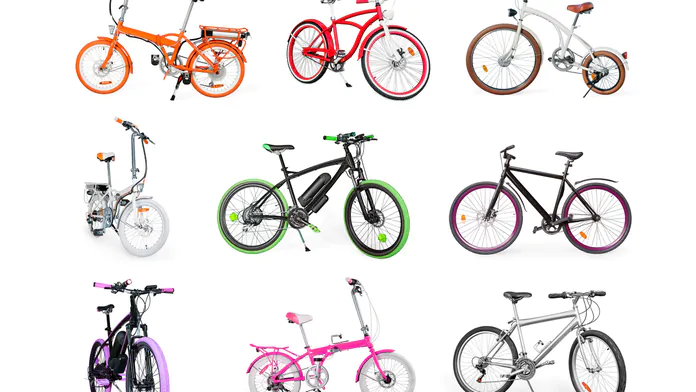
4. What are your plans for the next 6-12 months? It’s worth thinking about the future. An additional amount of money may seem like a big expense now, but it’s cheaper than buying a bike twice. If you plan to improve your fitness and ride longer distances, then plan to buy a bike that can handle that. If you just need a bike for running errands, you probably won’t need to spend as much money. If you plan to train, don’t buy a bike that will only satisfy you for a few months, and then realize that your skills and workouts have pushed you beyond the bike’s maximum potential.
Bicycle type
To begin with, let’s briefly go over the types:
- Mountain Bikes (MTB): perhaps no category of bicycles offers you more choice than MTBs. The choice of a mountain bike will depend on the type of terrain you plan to ride, whether you want to compete, and your current abilities. Suspension is a common theme for mountain bikes, and the rougher the terrain, the stiffer the suspension. Suspension often dictates the name of the mountain bike. Mountain bikes without suspension are called “rigid.” Mountain bikes with front suspension are called “hardtails” because the rear suspension is rigid. And bikes with suspension on both front and rear wheels are called either full suspension or dual suspension bikes.
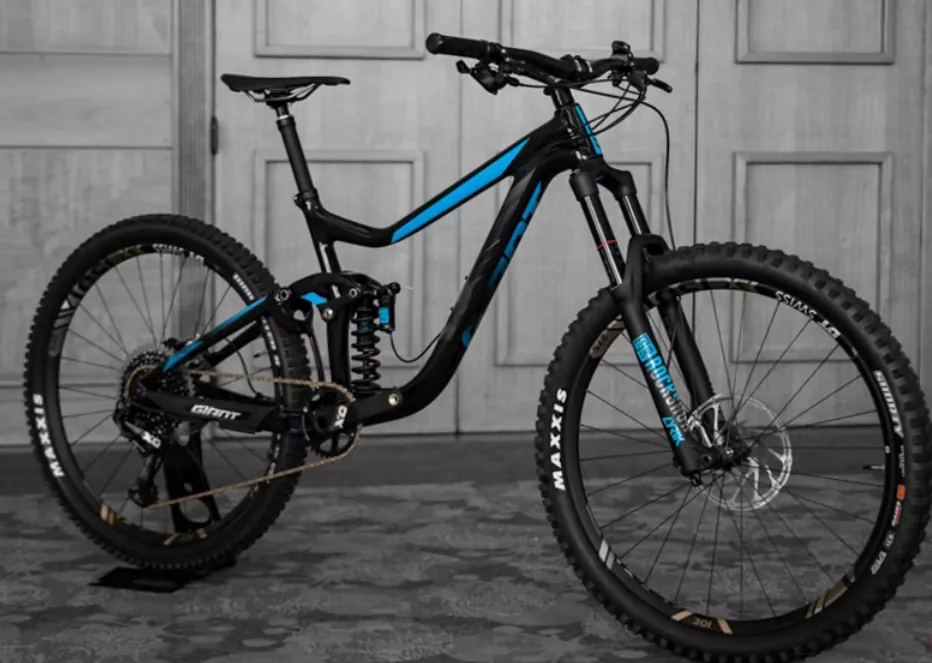
- Road Bikes: Designed for use on paved roads, road bikes are some of the most efficient bicycles. They can be identified by their narrow tires and “drop” handlebars, which curl downwards and back towards the cyclist. There are several types of road bikes, but they usually belong to one of two categories: racing or endurance. Racing bikes are built with speed in mind. They typically have stiffer gears, a more rigid frame, and a more aggressive riding position to shield you from headwinds. Endurance bikes come in different types, but they usually have a slightly more upright position, smoother gear shifting, and a smoother ride. They are best suited for social and fitness rides.

- Hybrid Bikes: A hybrid bike is exactly what the name suggests: a meeting of two worlds of cycling. They are built across a wide spectrum: some are much closer to road bikes, while others are closer to mountain bikes. They have taken elements from each to create a bike capable of handling a variety of situations.
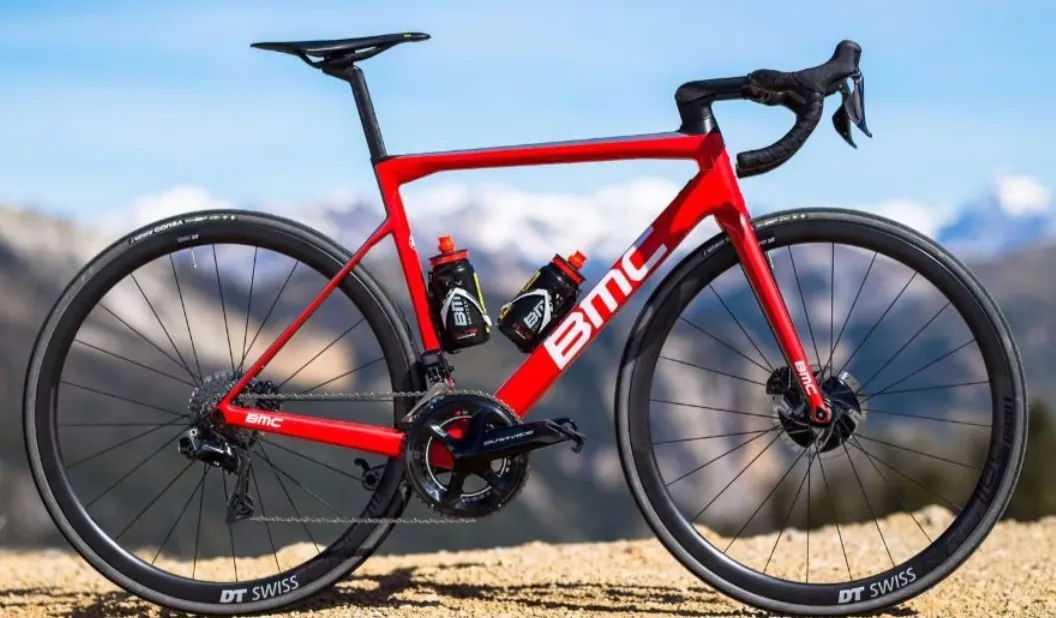
- City Bikes: The category of city bikes is difficult to describe as it encompasses all types of bicycles designed for urban environments. These bikes are typically meant for efficient commuting over short to medium distances. Many city bikes have greater durability compared to lighter road bikes with flat rotors to withstand the rigors of curb hopping and riding on rough surfaces. Some city bikes are designed with safety in mind, offering theft-resistant wheels, convenient lock transport, and inconspicuous paint jobs. Others go in the opposite direction, taking cues from classic Dutch bicycles with timeless styling and vintage colors. They are also known as “classic” or “vintage” bikes.
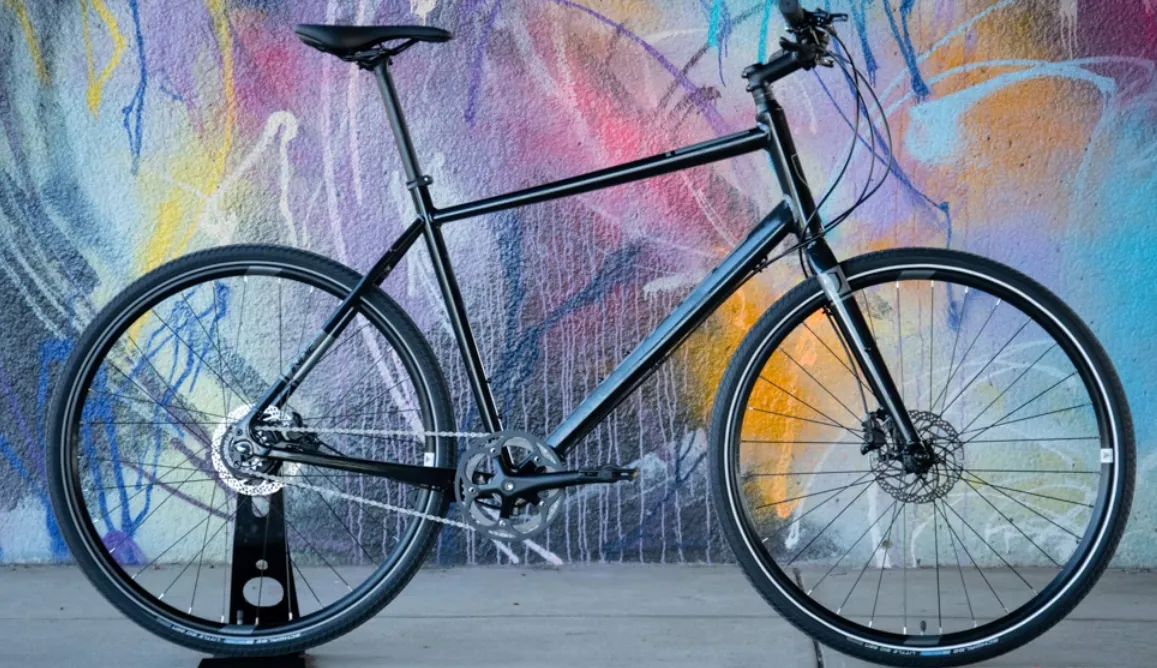
- Electric Bikes and E-Bikes: This is perhaps the fastest-growing category of bicycles. Electric bikes are equipped with an electric motor to assist with pedaling. Electric bikes can fall into several other categories of bicycles, including road and mountain bikes, but the most popular category of electric bikes is for urban commuting and work. An electric bike operates by motor assistance while pedaling, thus providing assistance when riding on hills and flats.
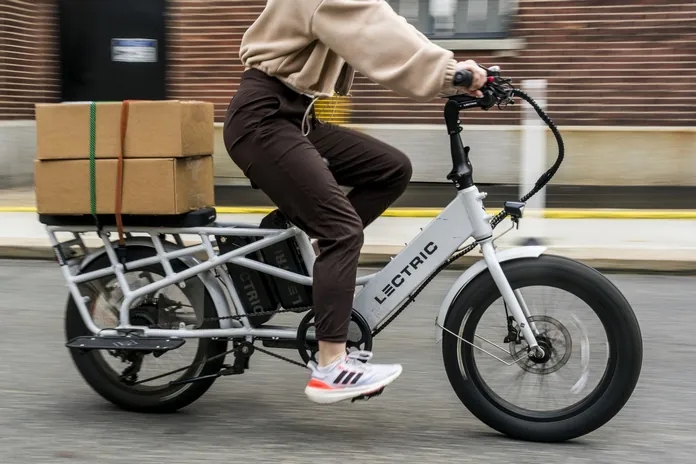
Of course, there are all kinds of additional, specific types of bicycles: tandem bikes, BMX bikes, fixed-gear bikes. But for us beginners, these four types are already a good starting point.
Read also: What You Need to Know Before Installing Solar Panels
Prices
It goes without saying that bicycles can be expensive. Prices for them vary widely – from a hundred dollars to several thousand, depending on what you’re buying.

- The low range typically falls between $80 and $300, which usually includes basic metal frames that are functional, though often stylish as well
- Mid-range bicycles start from $300 to $1000. These bikes, made from aluminum or lighter metals, are the best choice for daily use as their high-quality wheels, chains, and pedals enhance their durability.

- Premium-class bicycles start from $1000 and above. These models are typically made from the lightest materials, including carbon and titanium, and are designed for more intensive daily use or lightweight competition.

Indeed, you can also find decent, affordably priced used bicycles. If you already know what type of bicycle you need and what level of quality you’re looking for, it’s time to delve into the details.
Sizes
The frame size of the bicycle should be correct; otherwise, it may feel uncomfortable and difficult to handle. The ideal frame size depends on the type of bicycle you have chosen, your height, and your inseam (the distance from the crotch to the ground). Determining the right size of the bicycle based on factors such as height, inseam length, riding experience, and flexibility often requires some expertise. If you are buying a bicycle at a local bike shop, they will assist you with this, which, in my opinion, is the best option. However, you can also use a sizing chart.

After selecting the correct size for your bicycle, make sure it is properly fitted and adjusted to you. The most common adjustment is the saddle height, but you may also need precise adjustments to the handlebar height and reach. It’s important to set the handlebar height correctly. This is crucial for your posture, comfort, and so on. For city bikes, the handlebar should be higher than the saddle level. Such a handlebar provides comfort and allows you to maintain an upright posture, ensuring almost vertical seating for relaxed and leisurely riding. For mountain and hybrid bikes, the handlebar height should be level with the saddle to provide maneuverability on all types of road surfaces. A bike with this handlebar height will be easy to control, with the handlebars tilted horizontally up to 45°. For road bikes, the handlebar height should be lower than the saddle level to achieve maximum speed. At this height, you can attain maximum speed due to improved aerodynamics and stability.
Here are some of the most common handlebar shapes and their purposes:
- Drop handlebars: Found on most road bikes. Lightweight and aerodynamic, making them ideal for fast riding, but you’ll be in a lower, hunched position, which may be uncomfortable for your back.
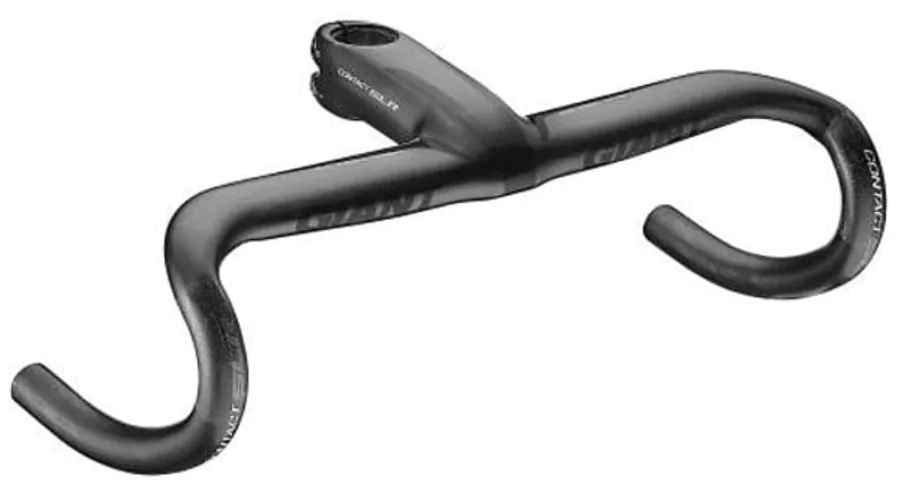
- Flat handlebar: Common on hybrid bikes, sometimes on road or mountain bikes. It allows you to sit upright in a more comfortable position, reducing strain on your hands, wrists, and shoulders.

- Mustache handlebar: Found on some road and hybrid bikes. Resembles drop bars, but the drop is not as deep. They have fewer hand positions compared to the previous type, but enough to minimize hand pain. These bars are lighter compared to previous models. Great for long-distance road riding.
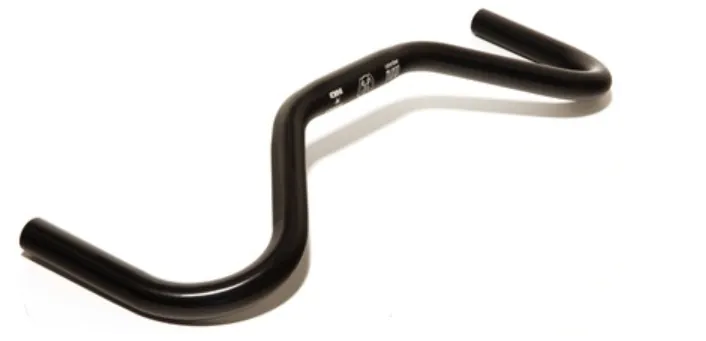
Once you’ve decided on the type of bike you want and the riding position you need, it’s time to decide what you want from its features: gears, wheel size, suspension, and brakes.
Read also:
Transmissions, suspension and brake type
Today, bicycles come equipped with all kinds of gears, and there are many things that could be covered in a separate article. However, as a beginner, here’s what you need to know.
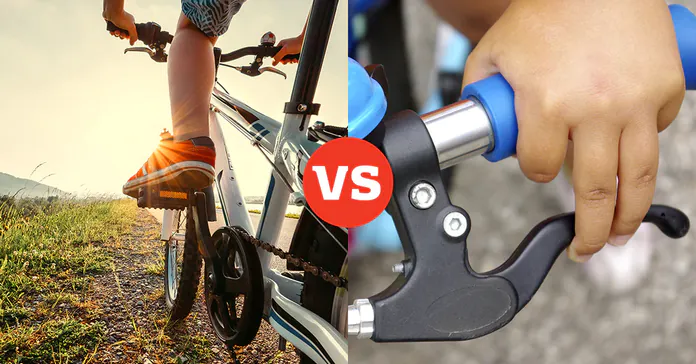
In simpler terms, the most important things to consider are your level of physical fitness and the terrain you’ll be riding on. If you’ll be riding in hilly terrain and struggle with climbs, you should choose more gears. If you’re a strong cyclist or ride mostly on flat terrain, you won’t need as many low gears to tackle hills, so you can get away with fewer, keeping your bike lighter.
You may also consider the suspension of your bike. If you’re looking for a mountain bike, you probably need a bike with full or at least front suspension. Full suspension helps maintain control and increases traction on the road. Front suspension absorbs shocks and provides a smooth ride, also ideal for hybrids. If you’re buying a road bike, it may not have suspension at all.

Finally, brakes. There are several different types of brakes, and each has its own advantages and disadvantages.
Here are the most common ones:
- Rim brakes: Pads attached to the wheel rim. They are simple and easy to maintain but can wear down the wheel rim and may be less effective when the rim is wet or dirty.
- Disc brakes: These brakes are mounted to the wheel hub and grip a rotor. They may be more complicated to inspect and replace compared to rim brakes, but they perform better in various weather conditions.

- Pedal brakes: these are brakes that engage when you pedal backwards. They require little maintenance and are good for children who may not have very strong hands. However, they may not be ideal when you are riding uphill
- Drum brakes: integrated into the hub of the wheel. They require little maintenance and are weather resistant. However, if the drum wears out, the hub and wheel may need to be replaced.
Depending on the bike model, you may not have a wide choice of brakes, but it’s useful to at least know which brakes are installed on your bike.
Read also: What is Frutiger Aero and why do modern teenagers feel nostalgic about Windows Vista
Posture
Once you’ve chosen your bike and the salesperson has adjusted your seat, you might be concerned that your feet barely touch the ground, which may seem wrong. However, there’s no need to worry; they shouldn’t touch the ground. Ideally, your knees should only be slightly bent when you pedal, and your foot should be fully extended downwards.
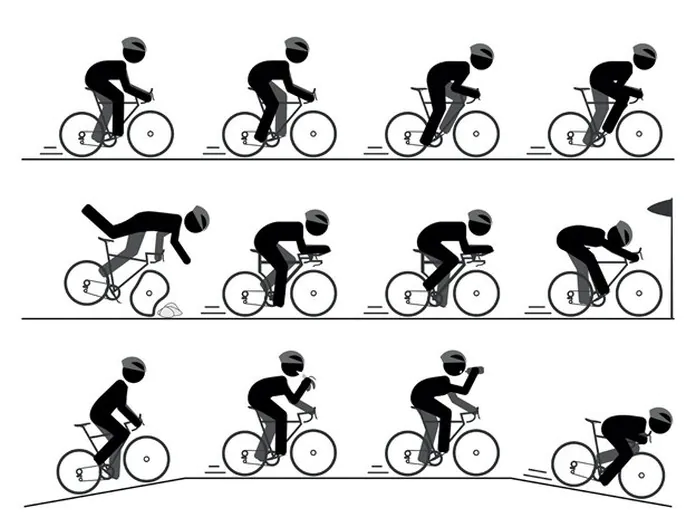
Here’s how specialists explain it: “When you pedal and your foot is fully extended (the pedal is at the 6 o’clock position), your knee should be slightly bent. If your leg is straight (the knee is locked), your seat is too high. If your knee is very bent… your seat is too low. Any of these problems can harm your knees, and a seat that is too low deprives you of power and makes riding difficult. Additionally, in the correct position, when the pedals are parallel to the ground, your front knee should be directly over the pedal spindle (the center of the pedal). This helps avoid knee pain“.
They also add that the tilt angle of the saddle should not slope downwards. Although this may seem comfortable for the perineum, it will make you lean forward and create pressure on the wrists, hands, and neck.
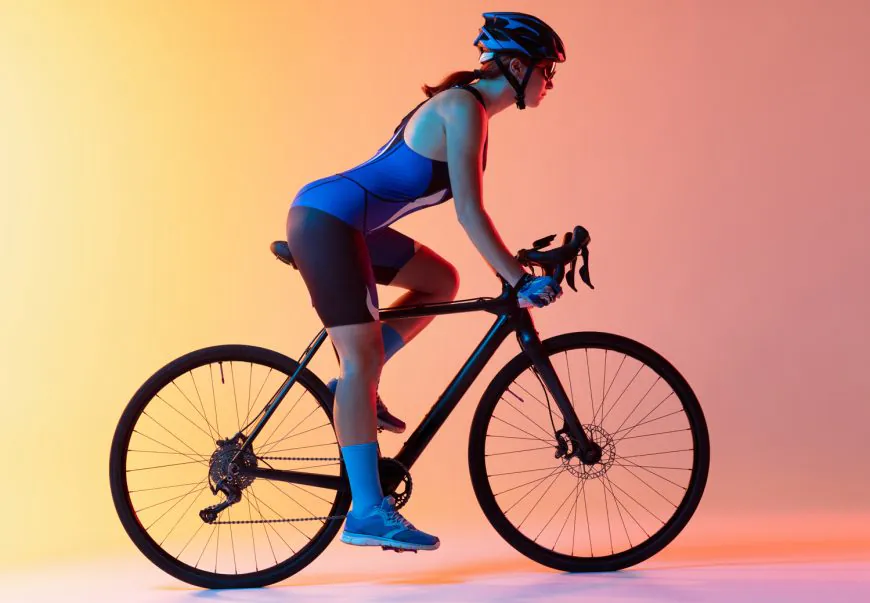
Take a test ride on the bike. When you do this, pay attention to several important points.:
- Comfort: Is sitting on the bike you’ve chosen comfortable for you? If it’s a hybrid, is sitting upright comfortable for you? If it’s a road bike that you intend to use for commuting, will it be comfortable for you to pedal for the duration of your commute to work?
- Terrain capability: Ideally, you should test the bike on different surfaces. See how it handles turns, ascents, and descents.
- Load capacity: If you plan to carry things on your bike, you should check how it handles the load. If it’s a lightweight bike, you might find it challenging to ride with cargo. You may also need accessories such as a trailer, or you might simply require a heavier hybrid or mountain bike.
Read also: How to Choose a Power Supply for Your New PC
Conclusions
You might also want to test ride several bicycles to experience different styles. There’s plenty to choose from, and the process can be daunting if you’re not a bike enthusiast. Additionally, it’s worth noting that after purchasing a bike, don’t forget to buy a helmet, pump, rear light, front light, bell, bike bag, water bottle, and cycling apparel and glasses are also desirable.
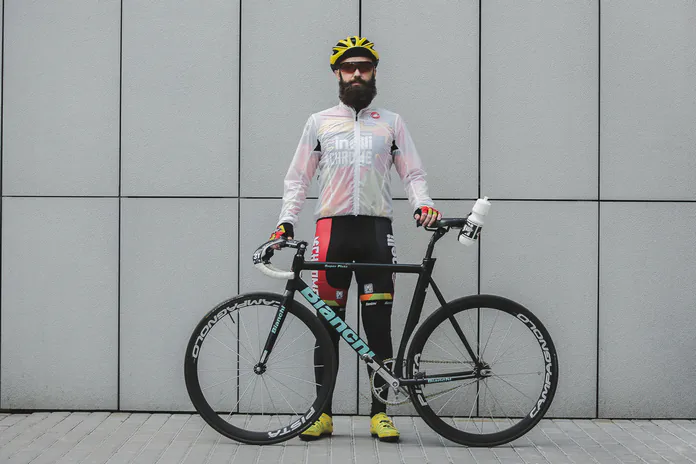
I would like to remind you that in Ukraine, cycling on roads is permitted for individuals aged 14 and above. Riding on the road involves risks due to the movement of vehicles at high speeds, so cyclists should prioritize safety by wearing a bicycle helmet. Statistics show that a helmet can save lives in the event of a traffic accident. Additionally, cyclists, as vehicle operators, must respect other road users and observe priority signs. It’s important to understand which roads have the right of way and to yield accordingly, avoiding unnecessary risks.
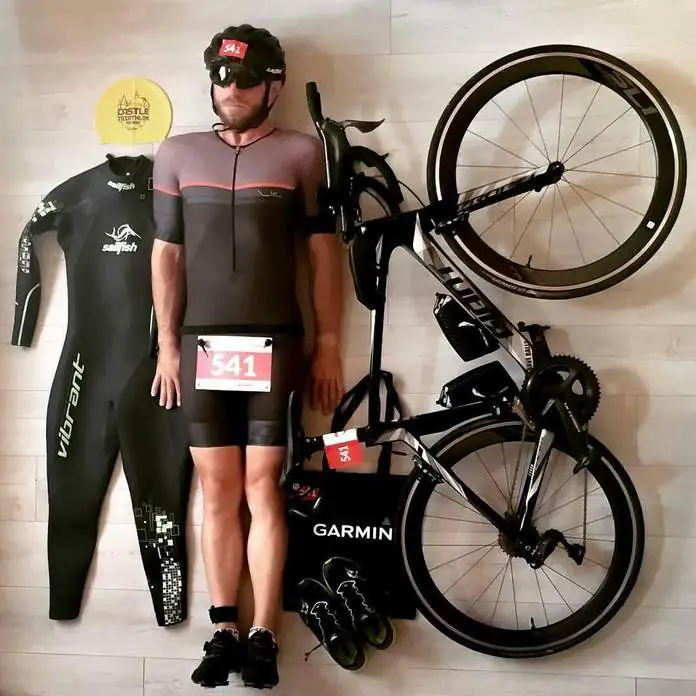
Indeed, these are just the basics, but they will help you get started and choose a bicycle that perfectly suits your needs and comfort.
Read also:

